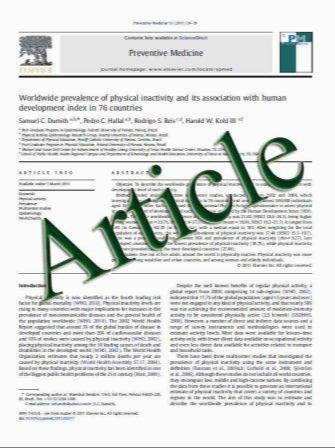The Four Different Types of Internal Hernia Occurring After Laparascopic Roux-en-Y Gastric Bypass Performed for Morbid Obesity: Are There Any Multidetector Computed Tomography (MDCT) Features Permitting Their Distinction?
- نوع فایل : کتاب
- زبان : انگلیسی
- مؤلف : Aida Kawkabani Marchini & Alban Denys & Alexandre Paroz & Sébastien Romy & Michel Suter & Nicolas Desmartines & Reto Meuli & Sabine Schmidt
- چاپ و سال / کشور: 2011
Description
Background Four different types of internal hernias (IH) are known to occur after laparoscopic Roux-en-Y gastric bypass (LRYGBP) performed for morbid obesity. We evaluate multidetector row helical computed tomography (MDCT) features for their differentiation. Methods From a prospectively collected database including 349 patients with LRYGBP, 34 acutely symptomatic patients (28 women, mean age 32.6), operated on for IH immediately after undergoing MDCT, were selected. Surgery confirmed 4 (11.6%) patients with transmesocolic, 10 (29.4%) with Petersen’s, 15 (44.2%) with mesojejunal, and 5 (14.8%) with jejunojejunal IH. In consensus, 2 radiologists analyzed 13 MDCT features to distinguish the four types of IH. Statistical significance was calculated (p< 0.05, Fisher’s exact test, chi-square test). Results MDCT features of small bowel obstruction (SBO) (n=25, 73.5%), volvulus (n=22, 64.7%), or a cluster of small bowel loops (SBL) (n=27, 79.4%) were inconsistently present and overlapped between the four IH. The following features allowed for IH differentiation: left upper quadrant clustered small bowel loops (p<0.0001) and a mesocolic hernial orifice (p=0.0003) suggested transmesocolic IH. SBL abutting onto the left abdominal wall (p= 0.0021) and left abdominal shift of the superior mesenteric vessels (SMV) (p=0.0045) suggested Petersen’s hernia. The SMV predominantly shifted towards the right anterior abdominal wall in mesojejunal hernia (p=0.0033). Location of the hernial orifice near the distal anastomosis (p=0.0431) and jejunojejunal suture widening (p=0.0005) indicated jejunojejunal hernia. Conclusions None of the four IH seems associated with a higher risk of SBO. Certain MDCT features, such as the position of clustered SBL and hernial orifice, help distinguish between the four IH and may permit straightforward surgery.
OBES SURG (2011) 21:506–516 DOI 10.1007/s11695-011-0364-7 Published online: 12 February 2011


